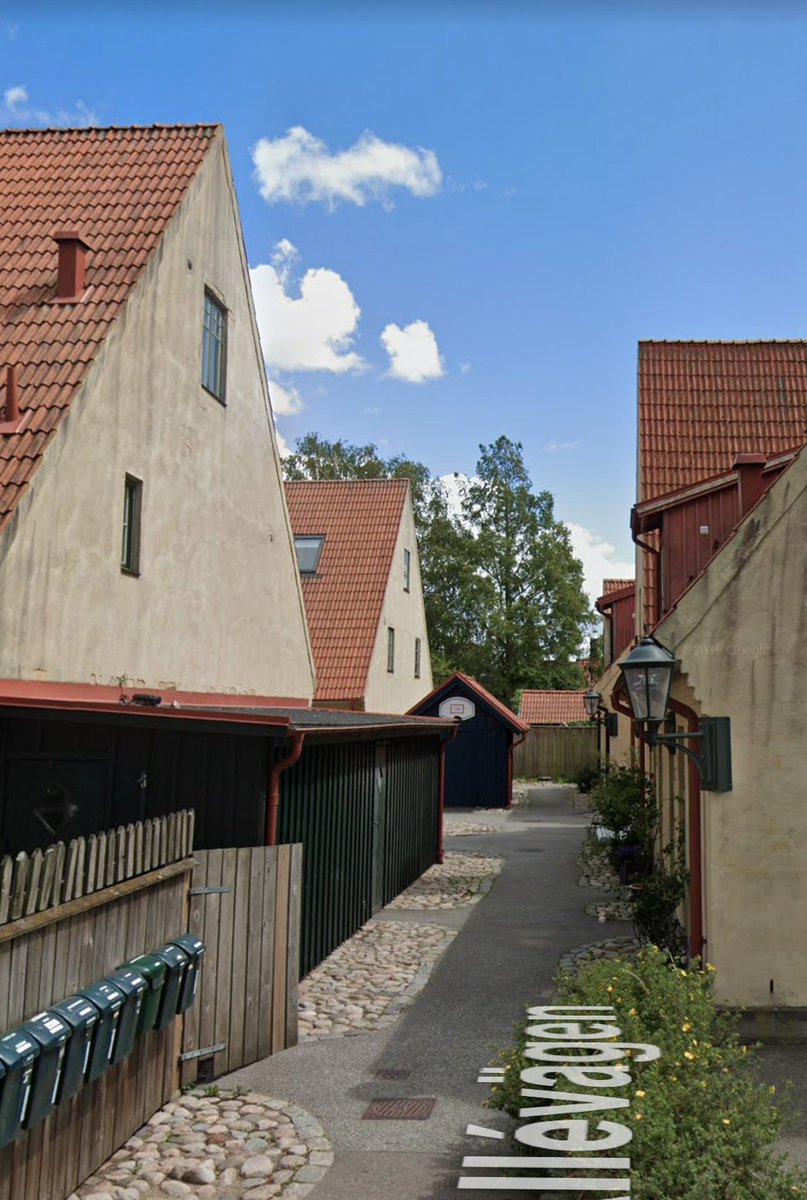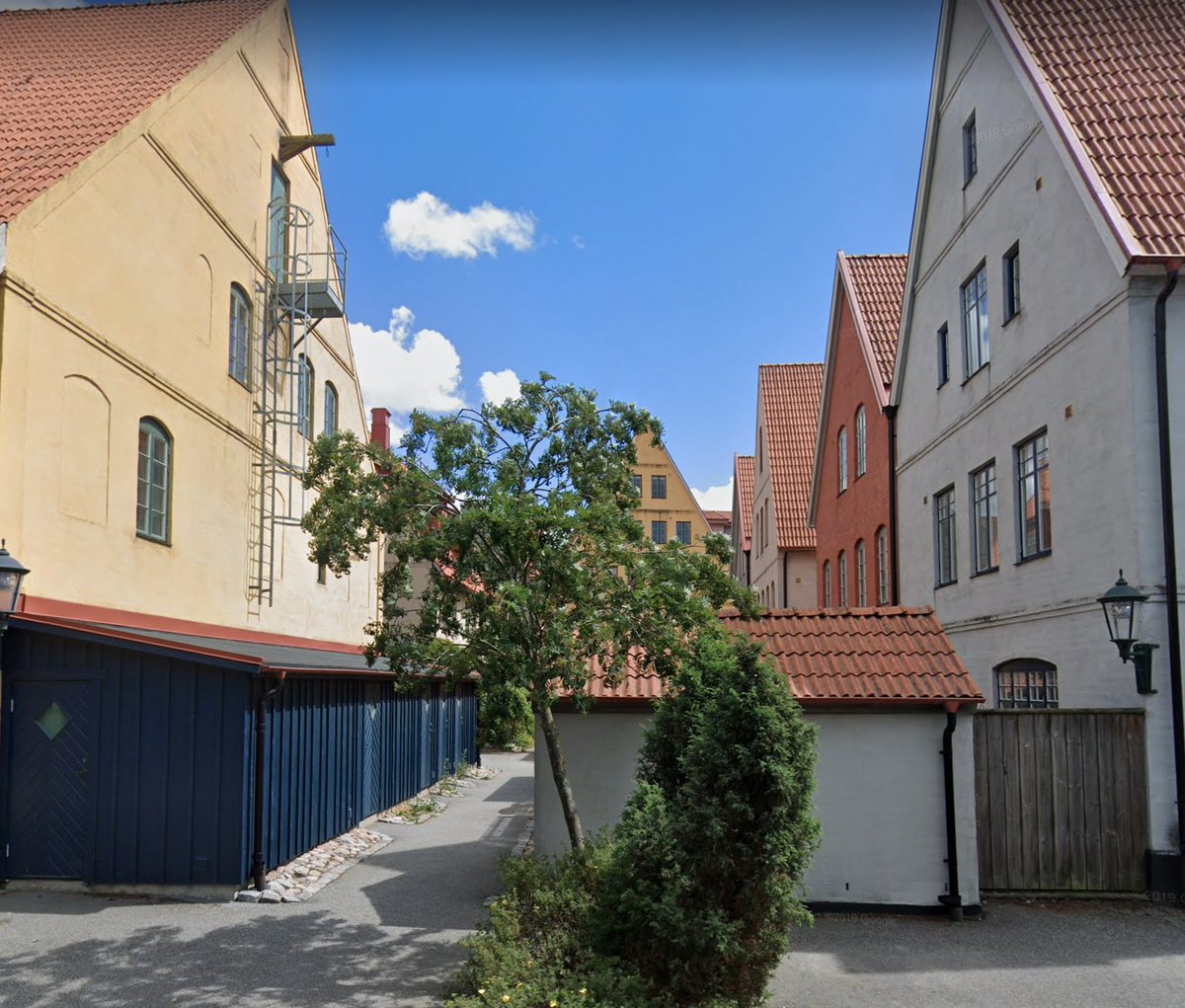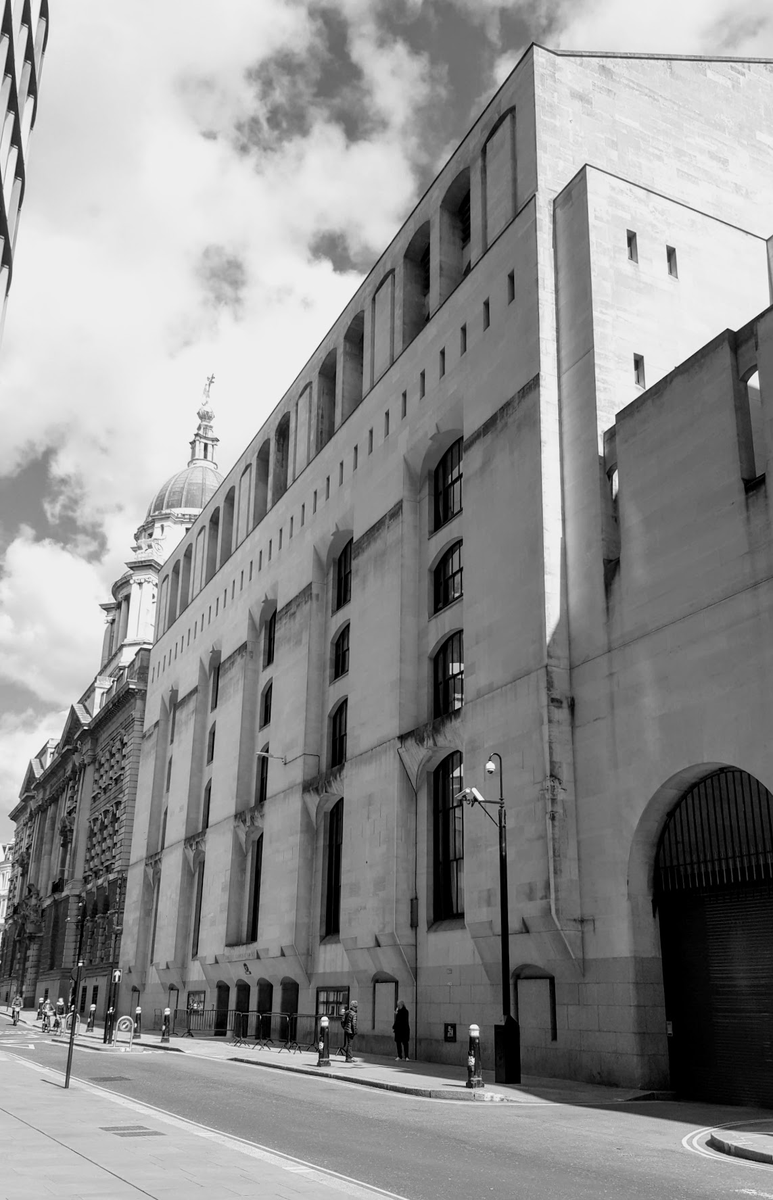
The Wills Memorial Building (1925) in Bristol, one of the late masterpieces of the Gothic Revival, and a thrilling termination to one of Britain's great streets. Designed by Sir George Oatley (1863-1950). 



An interior view, a testament to the extremely high standard of Gothic workmanship still available in the 1920s. 

Oatley designed several halls for Bristol University, displaying dexterity in a remarkable range of styles. 



Oatley was otherwise known especially as a hospital architect, designing many fine buildings across England and Wales still in use today. He sank into obscurity after his death, but has recently received renewed attention in the tremendous work of the historian Sarah Whittingham. 





...whom I see is in fact on Twitter, @DrFrond - waterstones.com/book/sir-georg… is warmly recommended to all!
• • •
Missing some Tweet in this thread? You can try to
force a refresh

































